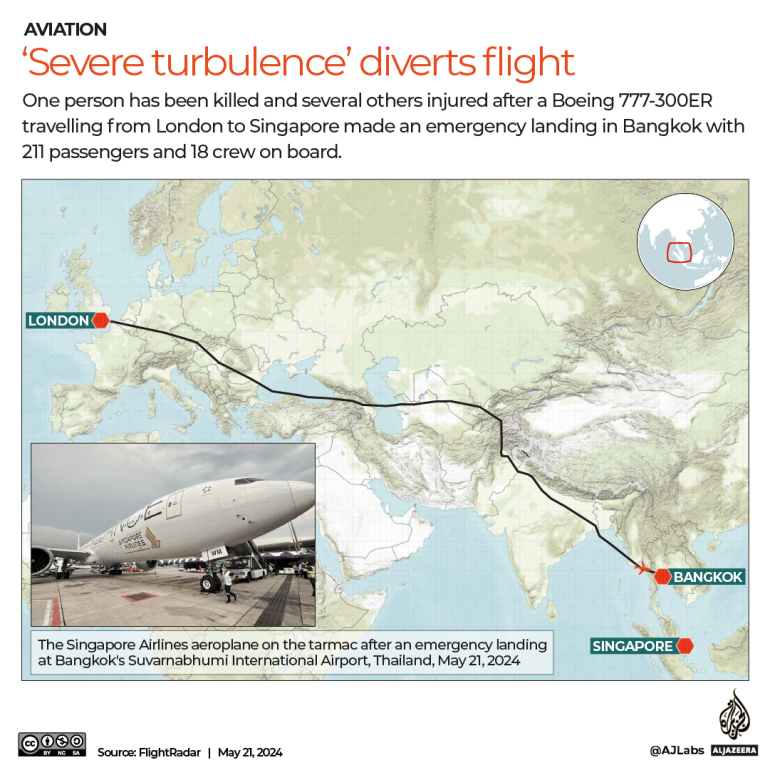The National Environment Agency (NEA) has published an advisory to assist suppliers and users in making informed decisions on various disinfection technologies and products. Effective cleaning with an appropriate disinfectant is critical for reducing the risk of COVID-19 transmission in residences, public spaces, and other non-healthcare settings. SARS-CoV-2, the virus that causes COVID-19, can be transmitted through contact with contaminated surfaces, in addition to direct inhalation of respiratory droplets from an infected person.
The importance of effective cleaning for reducing the risk of community transmission is underscored by findings from a study carried out by NEA’s Environmental Health Institute (EHI). The study, which examined contamination in non-healthcare settings in Singapore, detected SARS-CoV-2 on environmental surfaces in an accommodation exposed to a COVID-19 case.
Detection of SARS-CoV-2 in accommodation of a COVID-19 case highlights importance of effective cleaning
Using a sensitive molecular assay developed at EHI, the EHI study detected SARS-CoV-2 in two out of more than 400 samples collected from frequently touched areas, such as rooms, toilets and elevators, in non-healthcare accommodations used by confirmed COVID-19 cases. The two positive samples were taken from the bedside wall and bed handle in the room of one of the confirmed cases, and were taken before the room had been disinfected. Subsequent sampling of these same surfaces after disinfection did not detect the virus. The low positive rate could be due to the cleaning regimes implemented in Singapore since the beginning of the COVID-19 outbreak.
“While we did not see widespread contamination, our results show that SARS-CoV-2 can linger on surfaces in the living spaces of COVID-19 cases. Laboratory tests by other researchers have shown that SARS-CoV-2 can survive on environmental surfaces for two to three days. Disinfection of spaces where COVID-19 cases dwell is thus essential, and ensuring environmental hygiene through regular cleaning of places with high footfall will minimise the risk of transmission through contact with contaminated surfaces,” said Dr. Judith Wong, Research Scientist at EHI, who led the study.
Choosing an effective chemical disinfectant and using it safely
As COVID-19 can be acquired through contact with surfaces contaminated with SARS-CoV-2, effective disinfection of spaces exposed to COVID-19 cases is therefore critical. To assist owners or operators of non-healthcare premises to carry out environmental cleaning of areas exposed to confirmed case(s) of COVID-19, NEA had earlier issued a set of Interim Guidelines for Environmental Cleaning and Disinfection of Areas Exposed to Confirmed Case(s) of COVID-19 in Non-Healthcare Premises [1], along with the Interim List of Household Products and Active Ingredients for Disinfection of the COVID-19 Virus [2].
Users and operators should note that products that have been shown to reduce bacteria, adenosine triphosphate (ATP), or other virus count, are not necessarily effective against coronaviruses, as bacteria and different viruses differ in their biological and chemical make-up, and viruses do not contain ATP. The mode of application of the chemical disinfectant is important, and a wipe down of surfaces with an effective disinfectant is recommended. Other modes of application can be considered to supplement wipe downs, but not to completely replace it.
There are currently many chemical disinfectants and biological inactivation mechanisms that are marketed for disinfection of coronaviruses. However, not all have been shown to be effective. Some may be used to supplement a wipe down with a disinfectant from NEA’s Interim List, but they should not completely replace wipe downs. For example, disinfectant application by handheld misters and electrostatic sprayers is not adequate on their own, and should only be used to supplement a wipe down. In addition, NEA has not received any robust scientific evidence to support the effectiveness of auto-misters and surface coatings against coronaviruses. As for whole room fumigation and ultraviolet (UV) irradiation, these are effective if used for specific purposes, such as in hospitals and laboratories. They must only be executed by trained professionals, as the processes are complex and exposure to chemical vapours and UV can cause harm.
When choosing a disinfectant for use against coronaviruses, suppliers and users must understand the efficacy of the active ingredient(s), the effectiveness and limitations of the applications, and the potential hazards that accompany the product or application. NEA has therefore published an advisory on our website (www.nea.gov.sg/advisory-on-surface-cleaning-and-disinfection-for-covid-19), to assist suppliers and users to make informed decisions on the products that are on the market.
Whilst NEA continues to provide guidance and support to owners of premises and relevant stakeholders involved in the cleaning and disinfection of various types of premises, we urge for the collective efforts and cooperation from all parties to continue with sanitation measures and public health practices. These good practices are in line with the SG Clean campaign, and will elevate cleanliness and public hygiene in Singapore to help safeguard public health. Members of the public are also reminded to uphold good personal hygiene practices by practising the “7 Habits of Good Public Hygiene”, and to cultivate a greater sense of responsibility for the cleanliness of shared spaces.









